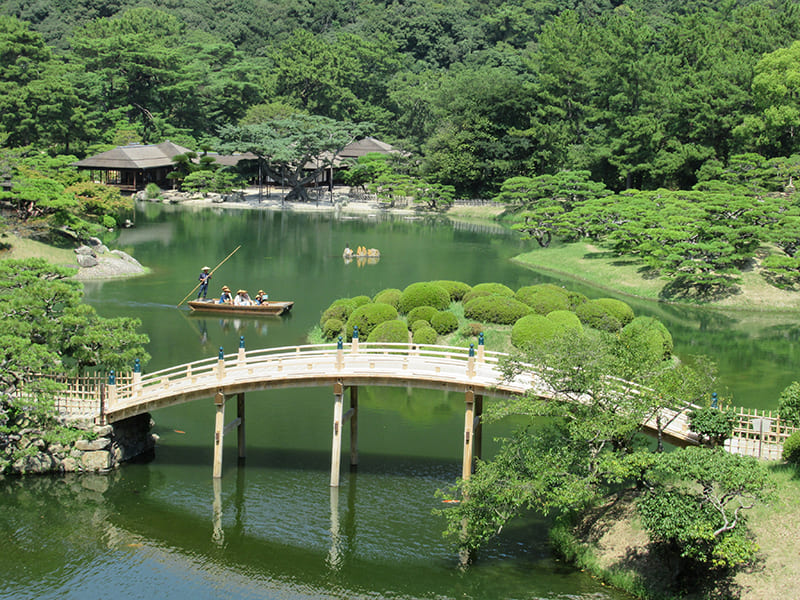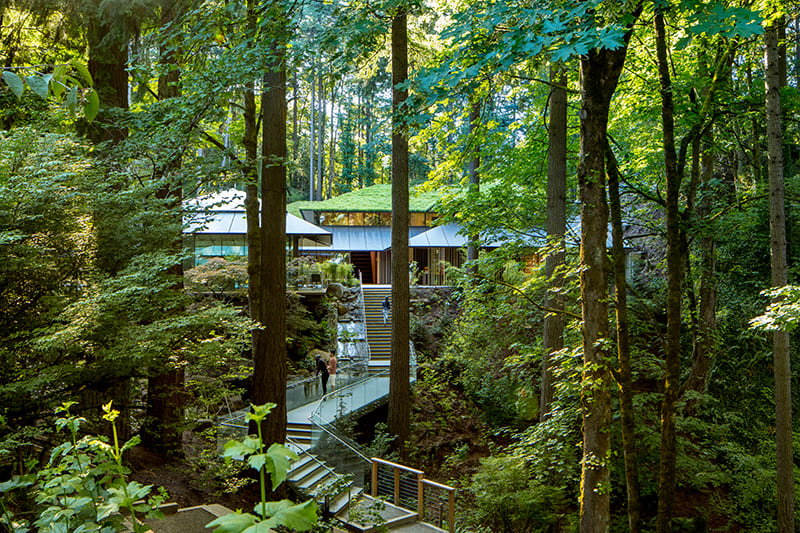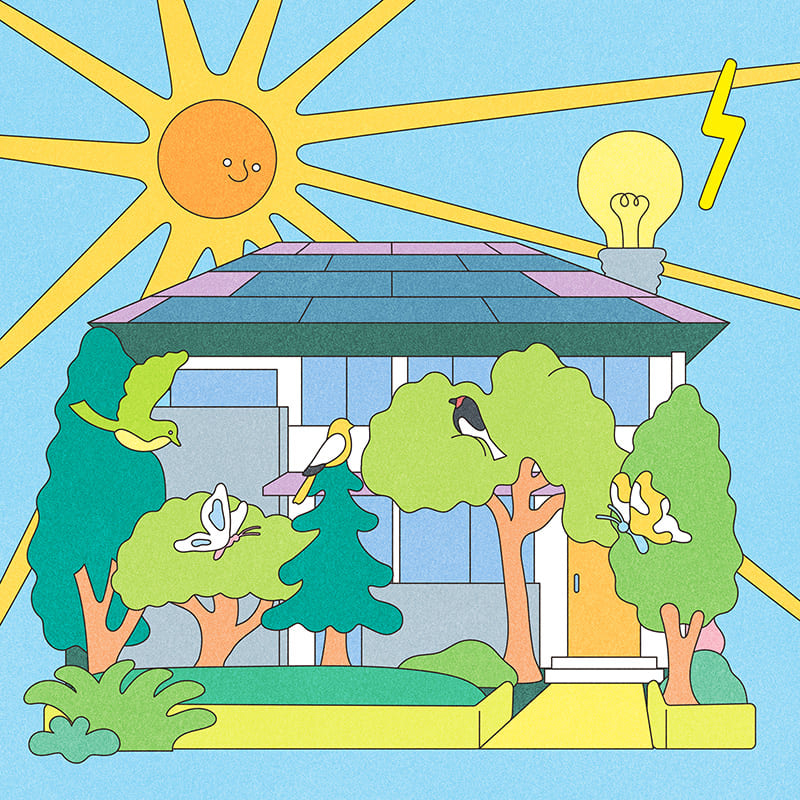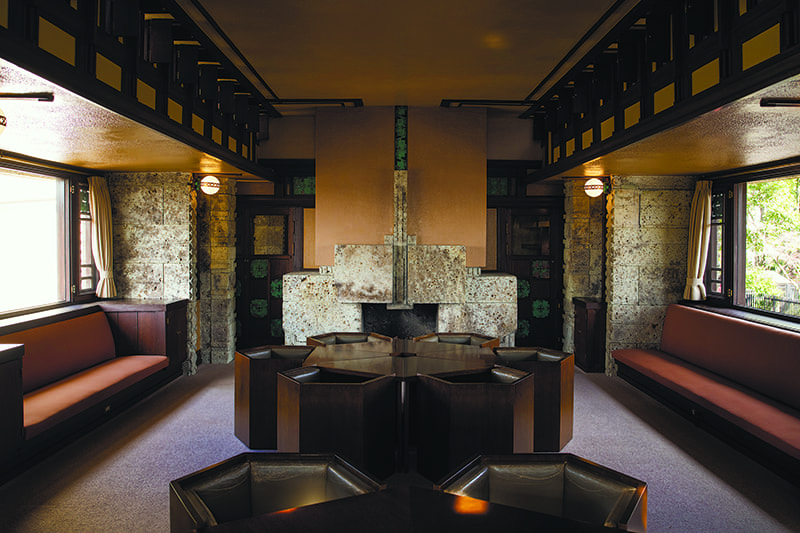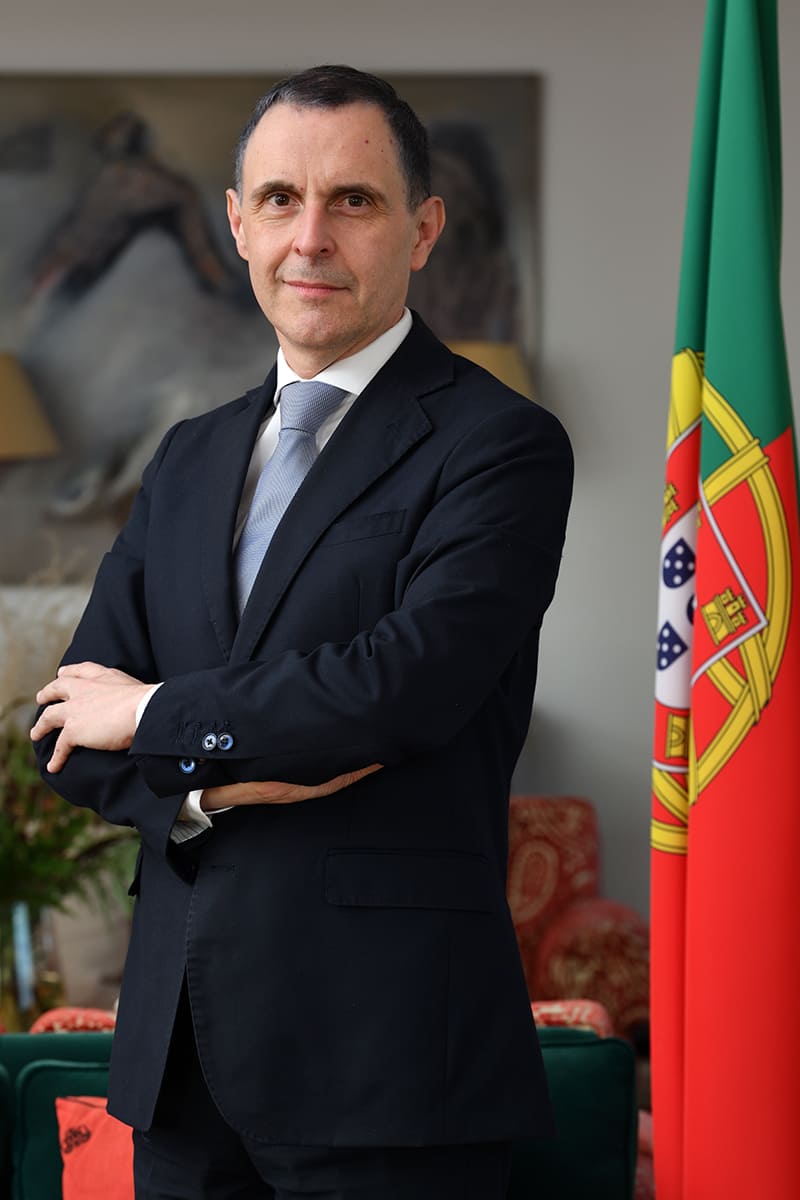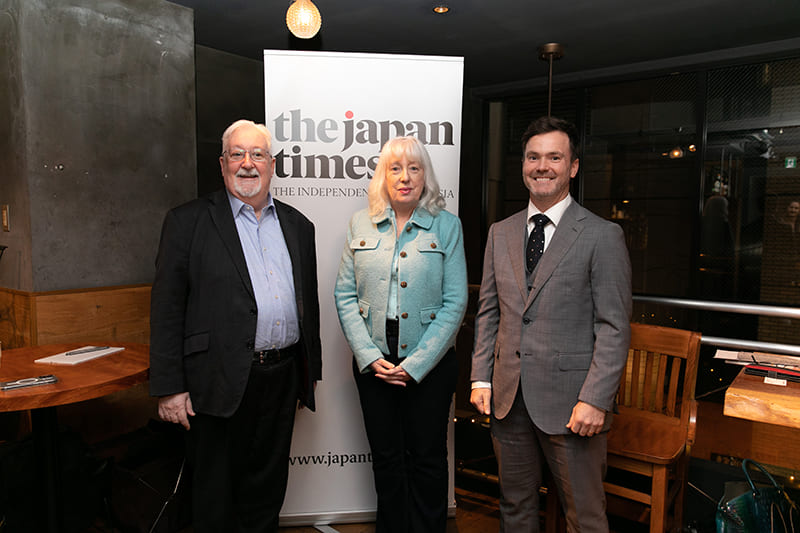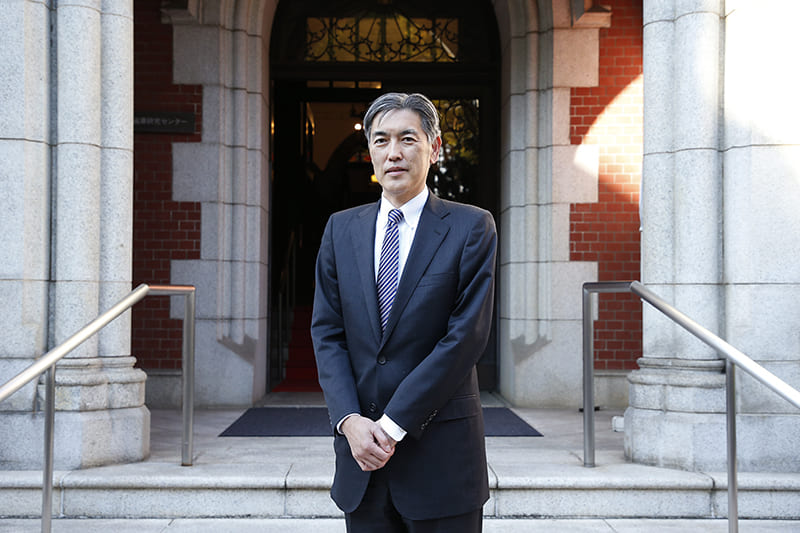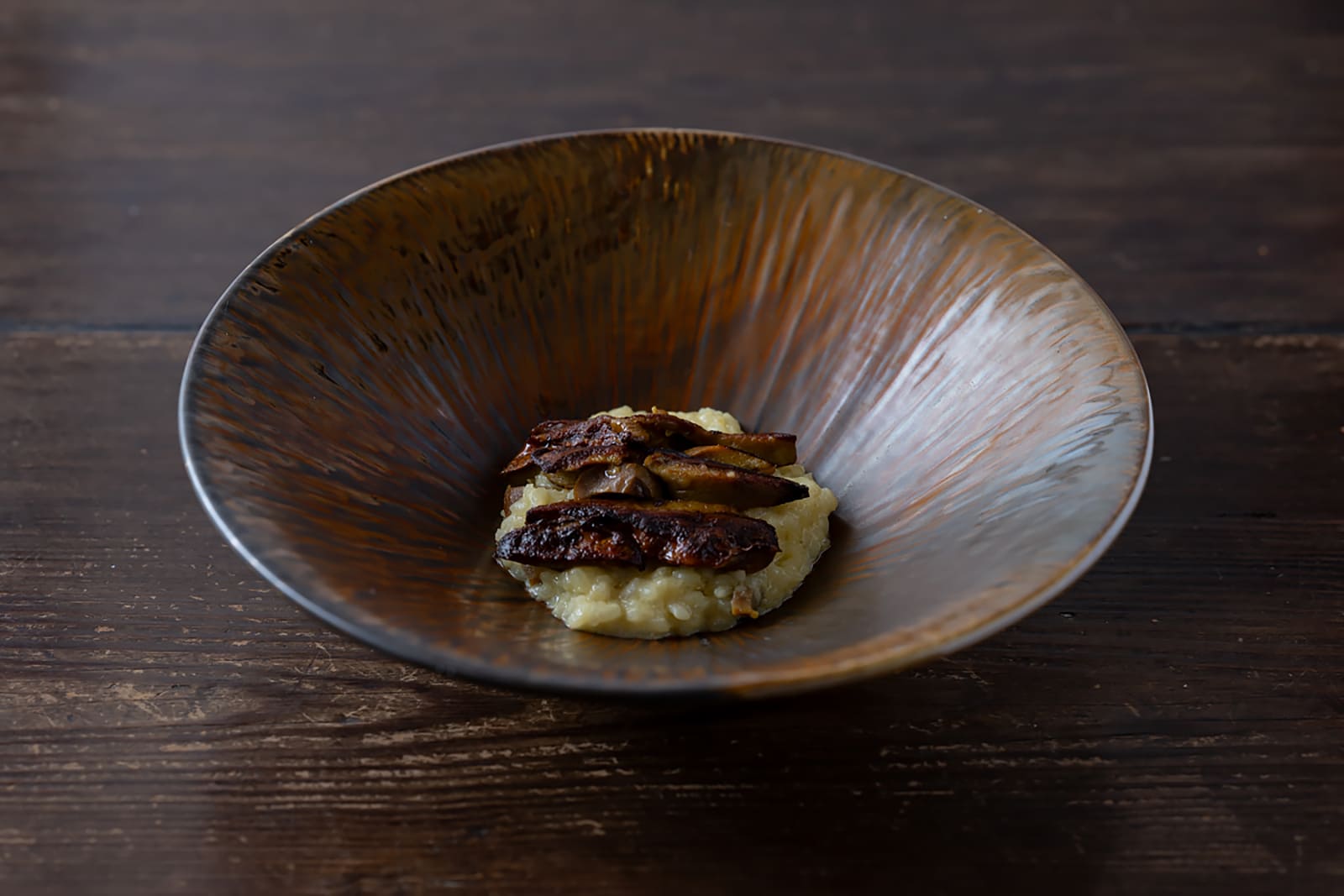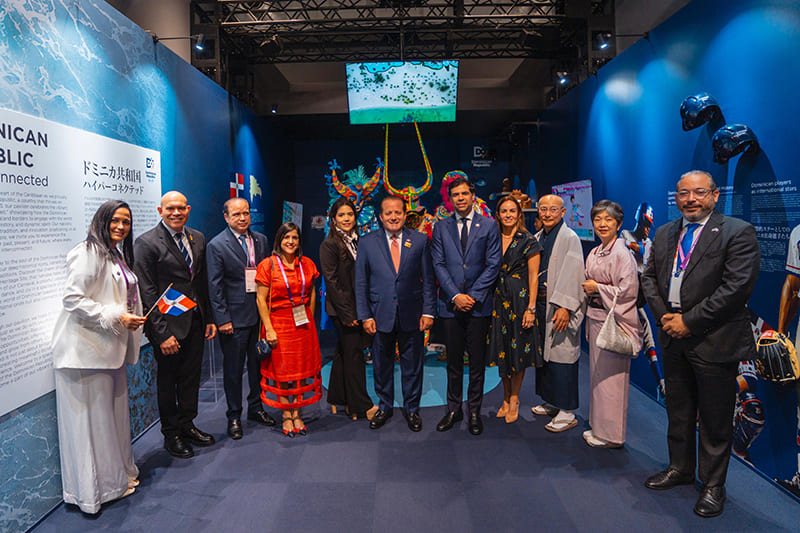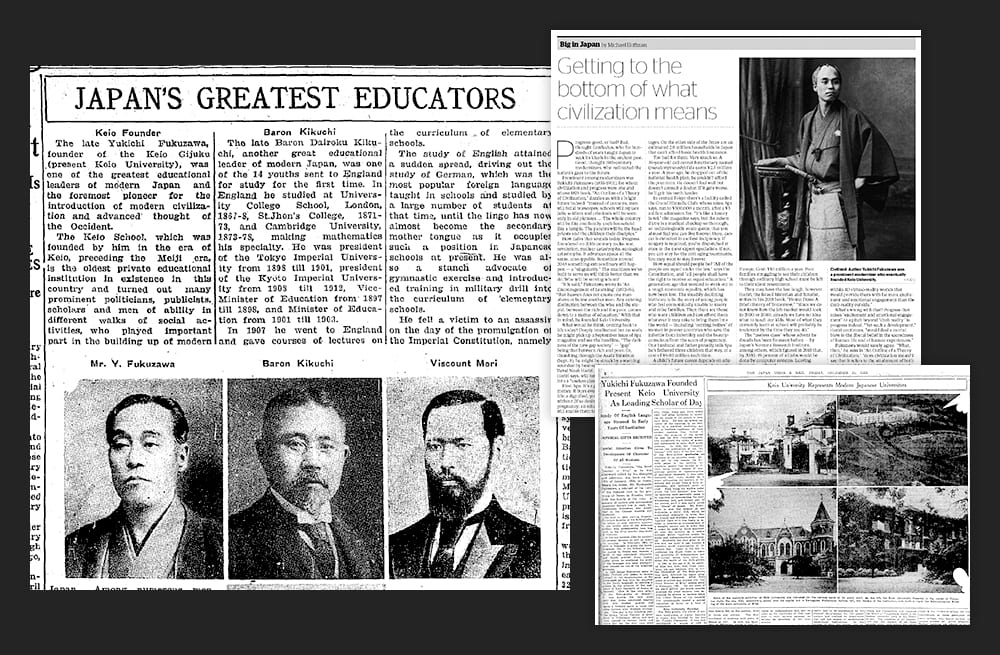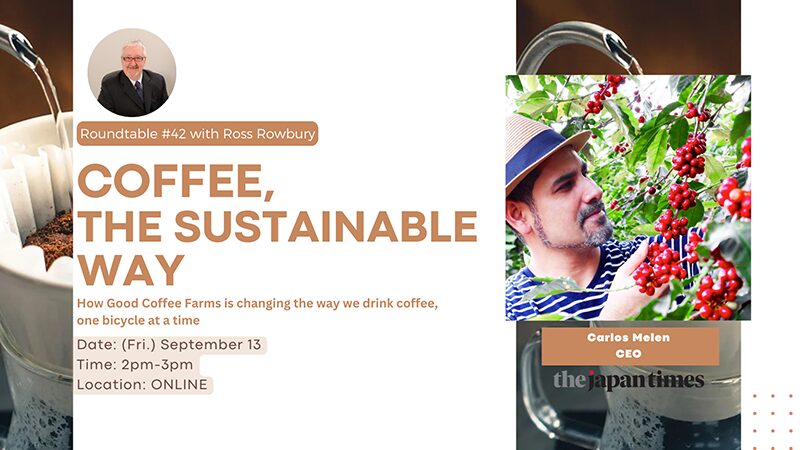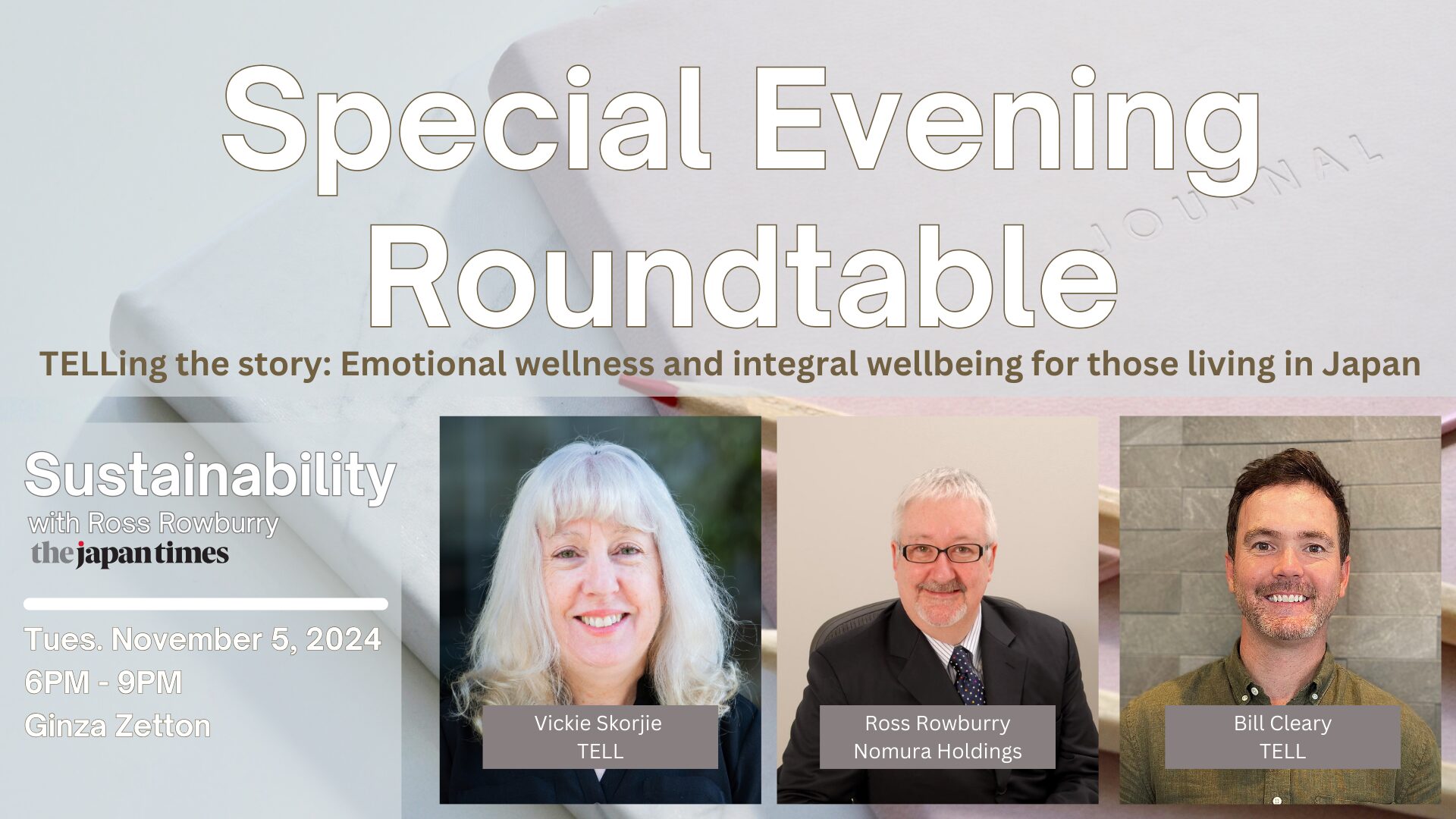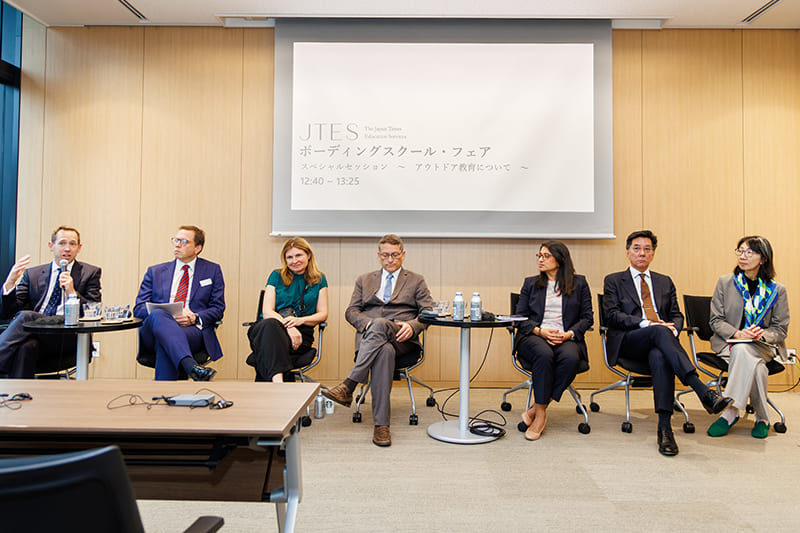March 28, 2025
Preserving century-old Kudan House
INHERITANCE

COURTESY: KUDAN HOUSE
In Tokyo’s Kudan district, near the Imperial Palace’s Kitanomaru Park, stands a 98-year-old residence nestled within a leafy garden. Now known as Kudan House, it was built in 1927 as the private residence of Mankichi Yamaguchi, the fifth-generation leader of a successful business family from the Niigata Prefecture city of Nagaoka.
With three stories above ground and one below, the building was designed by Tacchu Naito, Shichiro Kigo and Kenji Imai, three architects known for their contributions to the development of modern architecture in Japan, and it features a reinforced concrete structure and the Spanish-style design that was popular at the time.
The building not only survived the fires of the Tokyo air raids of 1945, but its appearance remains almost unchanged from the time it was built. Grand old residences like this tend to be sold and redeveloped as apartment complexes because central Tokyo’s high land values lead to steep inheritance taxes and because significant rental income can be generated from high-rise apartments, but this one survived and was registered as a Tangible Cultural Property in 2018.
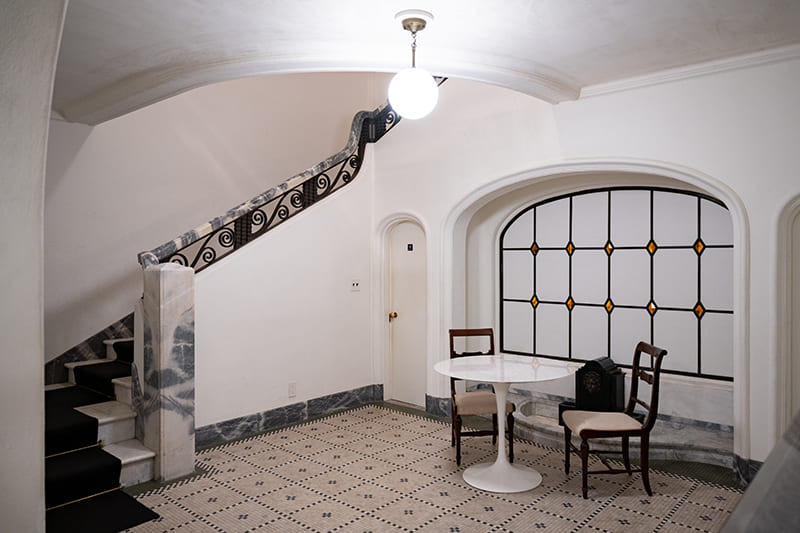
PHOTO: TAKAO OHTA

COURTESY: KUDAN HOUSE
Also in 2018, the residence was reborn as a members-only business innovation center. Two years earlier, the owner’s long-held desire for the building to be preserved had become possible when the owner was approached by Toho Leo President Minoru Yoshikawa. Joining forces with what is now Tokyu Corp. and Takenaka Corp., Toho Leo agreed to lease the building and renovate it. NI-WA, a Toho Leo group company, took charge of its management.
Founded in 1965, Toho Leo’s core business is developing green infrastructure, and although it enjoys a significant market share, it is not well known to the general public. Yoshikawa decided that by creating a “flagship store,” in the same way that a luxury brand might, they could enhance the company’s brand awareness. As Yoshikawa sees it, a flagship store is not a place to generate sales or cost-effectiveness, but rather “to communicate the company’s worldview.”
It was when he was searching for a suitable property that he first came across this residence. He wanted the flagship store to communicate the concepts of “sustainability” and “ecology,” which are higher-level concepts than “green,” and to place “Japanese aesthetics” at its center. “We realized we could express our creativity and direction in the way that we revived and utilized this existing historic building and garden,” he said.
The residence’s garden is large, with four trees that are nearly 200 years old. They had been transplanted there at the time of the house’s construction, when they were already around 100 years old. The owner wanted to keep the trees, but local authorities had advised that they be cut down because they were getting weak and presented a hazard. All the redevelopment proposals received from developers also recommended cutting down the trees while retaining the building.
Toho Leo has an employee who is a certified arborist, and when he diagnosed the four trees, he found that although they were indeed very weak, they could be revived. Yoshikawa then told the owner that he would leave the trees in good condition, but the owner, who had been told by many others that it was impossible to keep the trees, was suspicious of this proposal and at first did not believe him at all.

MINORU YOSHIKAWA
President and representative director of Toho Leo Corp. and president and representative director of NI-WA Co. Ltd. Born in Osaka in 1965. After graduating from the Faculty of Agriculture at Kobe University, he worked at Sumitomo Trust and Banking Co. He later served in other positions including executive vice president of Listea Holdings Inc., which operates boutique stores. In 2012, he became an external adviser to a Toho Leo Group subsidiary as a result of his participation in an economy ministry “Cool Japan” public-private expert panel. He has held his current position since 2016.
As promised, Yoshikawa retained the four old trees and renovated the residence. And strangely enough, the moment he did so the trees recovered without any further care. “The house was uninhabited before we got involved. You often hear that when a house lies unoccupied it quickly deteriorates. Well, I think the same goes for trees. When they know they are cared for, they feel it and become healthy again,” he said.
The building has been renovated, with the major focus being on utilities. Design work was limited to restoring rooms that had been remodeled over the years, even if the cost was high. The current use of the building as a business innovation center is also premised on the need to take care of it. For example, visitors take off their shoes at the entrance, Japanese-style. This is to avoid damaging the elaborate marquetry wooden floors, which were not designed to be walked on with shoes. In addition, Toho Leo employees take care of the daily cleaning of the building and the garden. Perhaps because that level of care is obvious, even visitors are careful when opening and closing the doors.
One of the few new additions to the residence is a Japanese garden, created at the request of an employee who wanted to give young gardeners an opportunity to contribute. Yoshikawa remembers the words of the gardener who worked on this project: “A Japanese garden is a mirror of its master.” In other words, the dignity of the gardener is expressed in the condition of the garden. “If I am diligent, the garden will improve, and if the garden is not good, I realize that there is something wrong with my conduct,” he said. “Humans are part of nature and exist in a world that is one with trees and plants. The deterioration of the global environment means that human behavior is worsening, and plants are warning us about this, so we should acknowledge this reality and change what needs to be changed.”
Kudan House does not have a sign out front, and the names and logos of Toho Leo and the other two companies do not appear on its website. “It is not classy for companies to show their faces,” Yoshikawa said. The ownership of the land and building remains the same as before, and NI-WA operates it under a 20-year fixed-term lease from the owner. Prioritizing the careful use of the building and its harmony with its neighborhood, the occupancy rate is kept below 20% at maximum, while the rent is set quite high. The business plan is aimed at recovering the investment cost over the long term.
The company aims to grow while providing an example of a solution to the social issue of preserving and utilizing historical buildings. Kudan House is a quintessential example of “creating shared value,” a business concept that focuses on generating both economic and societal benefits, rather than just profit. At the moment, the building’s main users are foreign companies, but Yoshikawa hopes its value will soon be recognized by domestic companies as well.
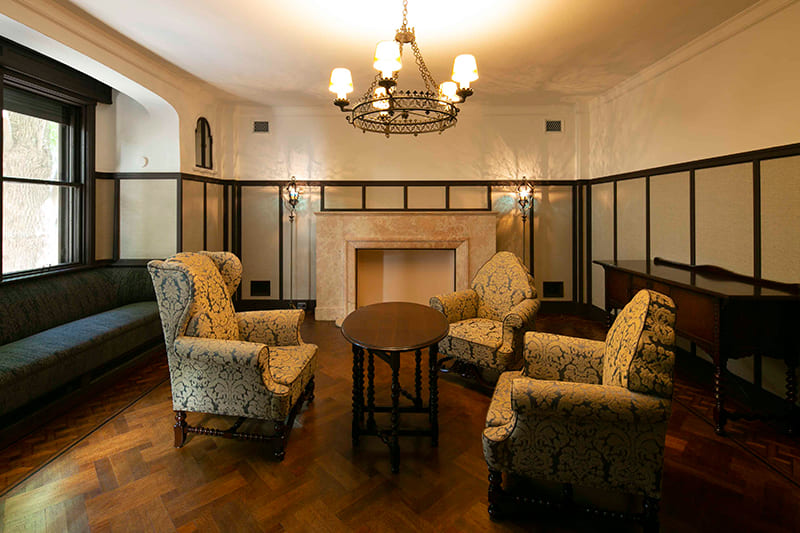
COURTESY: KUDAN HOUSE
TOHO LEO
Toho Leo was founded in 1965 as a company engaged in the production, sales, and installation of heat-insulating building materials (obsidian perlite). The company applied its technology to soil improvement materials and rooftop greening materials, and established a greening-related division in 1981.
100年前の邸宅を次世代に残す取り組み。
皇居・北の丸公園のほど近く、東京都千代田区九段に、築98年を迎える邸宅が、庭木に囲まれてひっそりと佇んでいる。「kudan house」と呼ばれるこの建物は1927年に建てられたものだ。地価の高い都心部では相続税が高額になることや、高層化による収益を見込んで、戸建住宅は普通、売却され集合住宅などに建て替えられるものだが奇跡的に残り、2018年に国の有形文化財に登録された。
邸宅が会員制のビジネスイノベーション拠点として再生したのも2018年だ。2016年に東邦レオ代表取締役社長に就任した吉川稔がこの邸宅と出会ったことで、「次世代に残したい」という所有者の想いが叶えられた。保存再生にあたっては、東邦レオ、東急電鉄、竹中工務店の3社が共同で所有者から建物を借り受けて改修工事を実施し、運営は東邦レオグループの<NI-WA>が担っている。
この邸宅で新たに加わったものが日本庭園だ。若手の庭師に作庭の機会を提供したいという社員の希望により作られた。歴史的建造物の保存活用という社会的な課題に対してこの場は1つの解答を示したものといえる。
Return to Sustainable Japan Magazine Vol. 46 article list page


